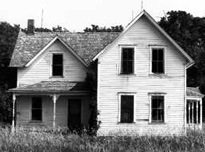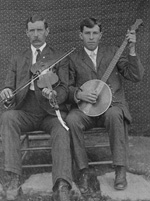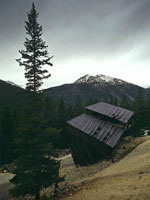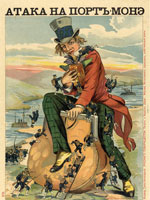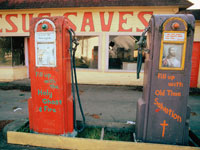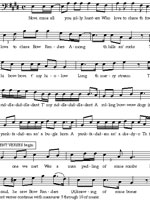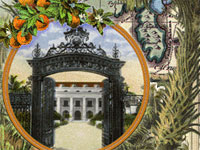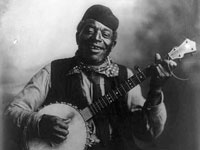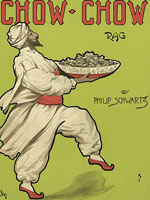1939 World's Fair Photograph Collection
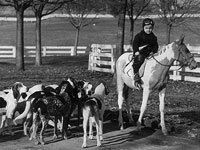
For the Court of States exhibit at the 1939 World's Fair in New York, the Virginia State Chamber of Commerce prepared a collection of albums containing more than 3,000 photographs on "twelve aspects of Virginia life: scenic tours; recreation; historic homes; culture; history; colonial archaeology; scenery and natural wonders; physiography; agriculture; education; government and the people; and industry, commerce, and transportation." These photographs are accessible according to 10 Library of Congress subject headings: geographic location, personal name, building name, historic subjects, and keywords appearing in bibliographic records. Useful for those interested in Virginia history or studying practices of historical memory.
